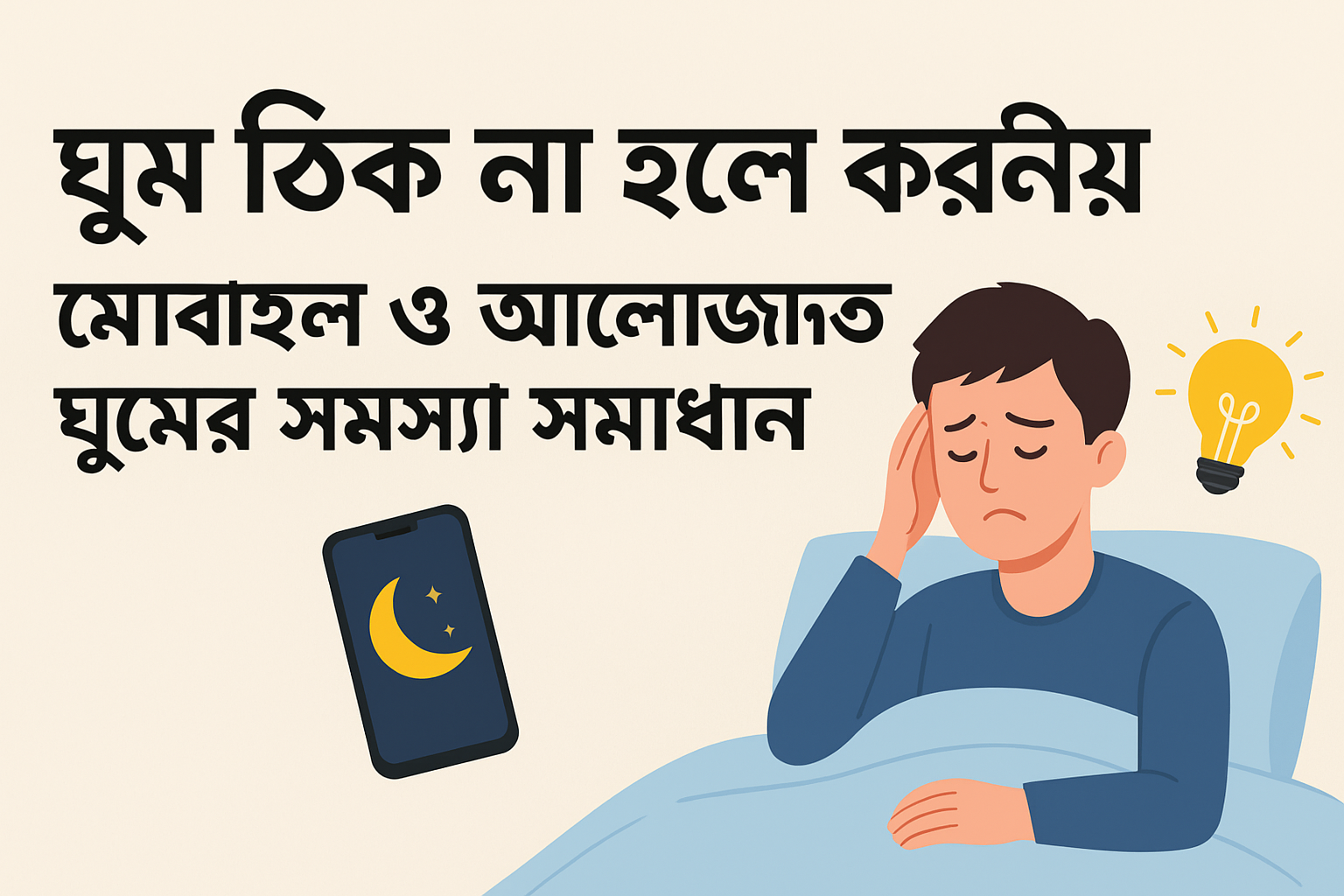Thalassemia is a hereditary complex disease in which there are widespread problems with the production of hemoglobin in the blood. This problem is seen to take a very serious shape when someone is diagnosed with Thalassemia major.
Mediterranean countries – Middle Eastern and Asian countries, this problem is more common, but due to globalization, this disease is now found in all countries of the world.
Patients with thalassemia major need regular blood circulation, which causes the body to accumulate excess iron. Studies have shown that these iron deposits have certain organs, in which the hormone-secreting glands (endocrine glands) are at high risk. It has been proven that thalassemia patients are many times more likely to suffer from hormone deficiency disease in any condition, young or old. This blog article discusses the hormonal problems caused by thalassemia.
Blog: Reticular formation facts
1. Dwarfism
Thalassemia major usually occurs at a very young age and then these patients have to have regular blood transfusions. Studies show that most of these children and adolescents will fail to achieve the desired physical height. On the other hand, 20-30 percent of patients will suffer from growth hormone deficiency.
2. Delayed puberty
Typically, thalassemia major patients who develop the disease a little later can reach puberty a few years later. This group also includes children and adolescents who need less blood transfusion.
3. Hypogonadism
Hypogonadism is one of the most serious problems caused by thalassemia. Research has shown that testosterone (the main male sex hormone) secretion in men reaches close to zero and estrogen (the main female sex hormone) in women is greatly reduced, which has no chance to increase naturally. Tests have shown that the gland loses its function before the testosterone is formed due to iron accumulation in the testicles of boys (primary hypogonadism). Research has shown that after puberty, if the testicles accumulate large amounts of iron, it gradually decreases testosterone production capacity (secondary hypogonadism). On the other hand, in the case of girls, if too much iron accumulates in the ovaries before the onset of menstruation, the menstrual period may not start (primary hypogonadism) and after the onset of menstruation, the ovaries may gradually lose their function due to iron accumulation (secondary hypogonadism).
4. Diabetes
Research has shown that, like other endocrine glands, iron accumulates in the islet cells of the pancreas and its effectiveness decreases. As a result, thalassemia patients are at risk of rapidly turning from pre-diabetes to diabetic. Studies have shown that at least half of thalassemia patients suffer from diabetes.
5. Thyroid problems
The thyroid gland is one of the most affected glands in thalassemia major. At the same time, autoimmunity is another thing which can cause both thalassemia and thyroid dysfunction.
6. Hypo-para-thyroidism
Deficiency of para-thyroid hormone, resulting in deficiency of calcium in the blood, is a distant health problem in thalassemia patients. Calcium deficiency is usually the first thing that comes to mind, which later plays a role in the identification of hypo-para-thyroidism. Even if it is detected late, this problem will cause immense suffering.
7. Decreased adrenal gland function
Patients with thalassemia come much later and suffer from adrenal gland problems. However, the cortisol hormone gland can often be close to normal levels. But the normal proportions of hormones vary.
8. Bone loss
From the onset of thalassemia, the bones begin to swell and their density decreases. Causes include hypogonadism, diabetes, hypo-thyroidism, hypo-para-thyroidism and excess iron. Malnutrition, sedentary lifestyle, adrenal hormone deficiency, etc. are also added. Gradually the bones of the spine and buttocks are eroded at a higher rate.
Treatment:
Thalassemia should be detected quickly and necessary treatment should be given, blood transfusion should be done where needed. But from the beginning, the endocrine glands need to focus on maintaining structural health. Blood circulation and iron accumulation should be monitored regularly from the beginning. It is necessary to try to follow-up by determining the levels of different hormones from the first year. Whenever there is a hormone deficiency, you should try to fill it as soon as possible. At the same time, it is necessary to try to follow-up regularly, considering the risk of damage to other glands. In all cases, the results are likely to be better if institutional service delivery can be arranged.






